For a relatively young manager, Ian Murray comes with a wealth of experience.
After a playing career that saw him pick up hundreds of appearances in the top flight in Scotland, he took the step into management at just 31 years of age.
Capped for his country six times, his final appearance for Scotland came in the Kirin Cup versus Japan in 2006. The match ended 0-0 but saw Scotland crowned winners.
Murray grew up Hibs daft and would go on to line up in an Edinburgh derby at Tynecastle with 1973 shaved into his hair – a reference to the year Hibs beat Hearts 7-0 on their own patch.
Two spells at Easter Road and one at Rangers made up the bulk of his playing career, though his spell at Ibrox came at a difficult time and he was diagnosed with reactive arthritis.
A managerial change from Alex McLeish to Paul Le Guen during his time out didn’t help matters and a spell at Norwich under Peter Grant followed.
Murray hits out at ‘angry guy’
Shortly after the player was experiencing more managerial upheaval when Grant left and was replaced by the late Glenn Roeder.
Murray did not see eye to eye with the new boss, labelling him an “angry guy” who made him feel like walking off the pitch.
Whether influenced by this experience or not, upon his unveiling at Raith Rovers last month Murray spoke of recreating the strong bond he had with his players at Airdrieonians.
Scott Angew soon followed as his No 2, as he had been at the Excelsior to reasonable success, and will be a key part of helping the players both on the field and off it, according to a recent interview with Fife Today.
There is a feeling that even though the 34-year-old midfielder will only play if needs must, he will be just as important this season as any new signing.
‘Abnormal relationship’
After hanging up his own boots Murray became player-manager of Dumbarton in 2012, defying logic in the Championship in similar ways to Arbroath in recent years.
Finishes of seventh, fifth and then seventh again – with the likes of Rangers, Hearts and Hibs in the second tier – as well as a run to the quarter-final of the Scottish Cup, earned him a move to St Mirren.
On leaving the Rock he gave another insight into the relationship he forges with his playing squad: “At Dumbarton I only had a go at the players maybe three times.”
Fast forward seven years, again to his unveiling as Raith manager, he told reporters:
“I had a close relationship with my guys at Airdrie, I’m not going to deny that. It was probably an abnormal relationship.
“Maybe some wouldn’t like it, some managers like to keep their distance.
“We just got ourselves in an environment that was really fantastic. I’d like to recreate that here.”
Murray went on to praise the infrastructure at Stark’s Park, something he’d also made mention of when he was appointed at Airdrie.
Step up to full-time
St Mirren was a step up in terms of stature when Murray took over as manager in 2015 but seemed a logical next move off the back of his success at Dumbarton.
The Paisley side had just been relegated from the top flight under Tommy Craig but Murray was unable to reverse the direction of travel.
A year later, after his exit from St Mirren, he accepted some blame but pointed to a culture of negativity at the club – not helped by raised expectations following their 2013 League Cup success.
He took charge during an elongated period when the club was up for sale, there were very few players registered and he would sometimes find out about key information second-hand.
Murray then became a scout at Middlesbrough, still just 35, before a stint in Norway as assistant to former Hibernian teammate Kevin McNicol.
The pair met years after losing contact while they were both studying for their UEFA Pro Licence, eventually leading to them linking up at Asker.
The death of Murray’s father during his time in Scandanavia, along with the spell in Paisley, left him questioning whether the pressure of management was something he wanted to return to.
Return to Scotland
He was eventually tempted by Airdrieonians in 2018, where he replaced Stephen Findlay.
Shortly after being appointed he said the aim was for “continued improvement” and vowed to implement the fresh ideas he’d picked up abroad.
He delivered just that over his near-four years at the club, firstly improving on the pervious League One finish of seventh by coming fifth.
He went on, improving on the previous season’s seventh-place League One finish by ending the season in fifth before finishing third in the 2019/20 campaign and second the next year.
Last season he took eventual champions Cove Rangers most of the way, finishing second once again, and just like the previous season it ended in play-off defeat.
Style of play
Murray did so through an attractive style of play: goals from all over the pitch, midfielders with a range of passing – and a bit of dig – and pace and trickery around box.
He rarely stuck rigidly to one formation but more often than not favoured a back four over the most recent season.
Airdrie took lots of shots at goal under Murray, many from outside the area and other than Cove his young side outscored everyone else in their division by at least 15 goals.
Scott McGill with another quality goal for Airdrie 👏🏻 #HMFC pic.twitter.com/7abikzyhx1
— Aaron Fraser (@AaronFraser37) January 17, 2022
Many of those featured rapid counter-attacks, running at defenders and then either getting to the byline for a cutback or sharp passing around the area.
When that didn’t work the likes of Dylan Easton would rattle in from range or late arrivals in the box would finish off loose balls.
How about this from Airdrie’s Dylan Easton ♦️ pic.twitter.com/cCZ7iv1CBL
— Lanarkshire Live Sport (@LanLiveSport) March 21, 2022
Which is surely why he made Easton and Scott Brown – who scored nine times from midfield last season – two of his first pieces of business.
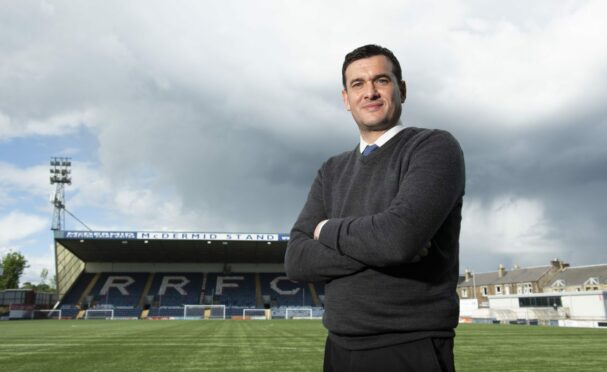
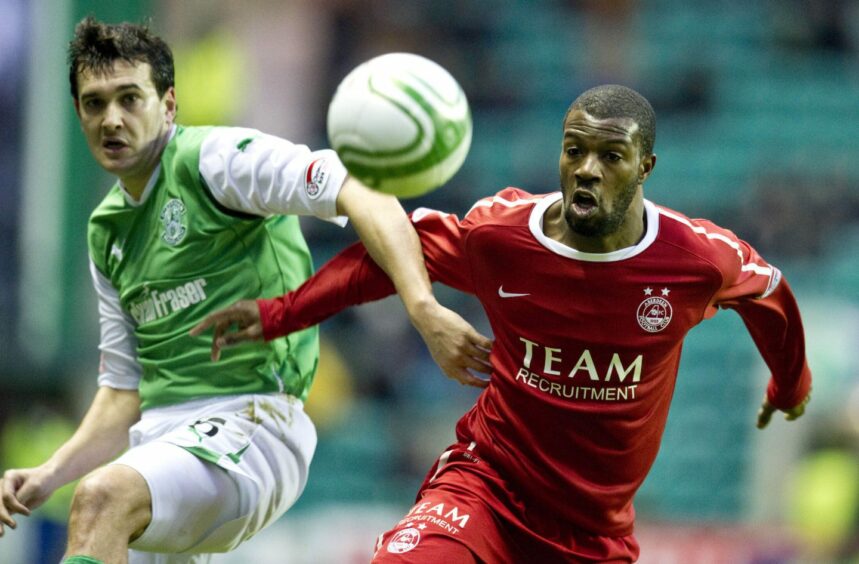
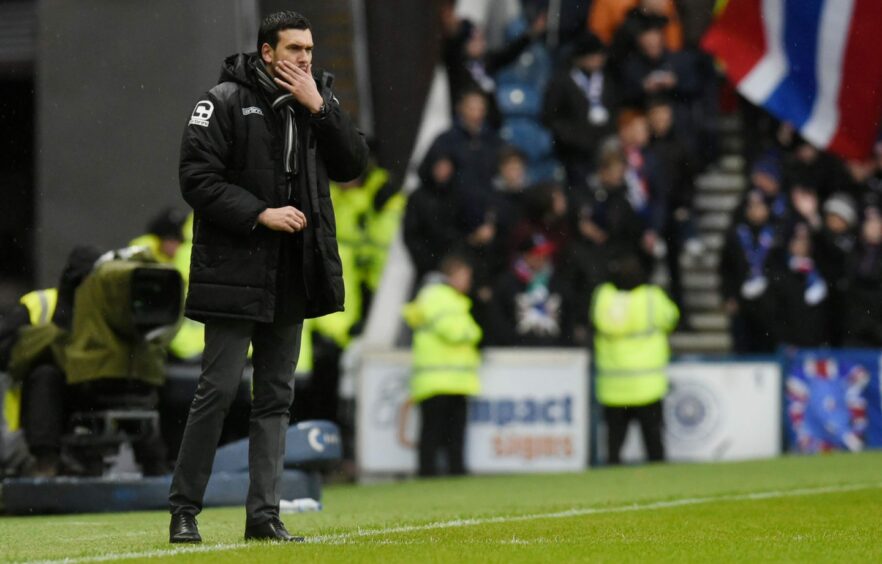
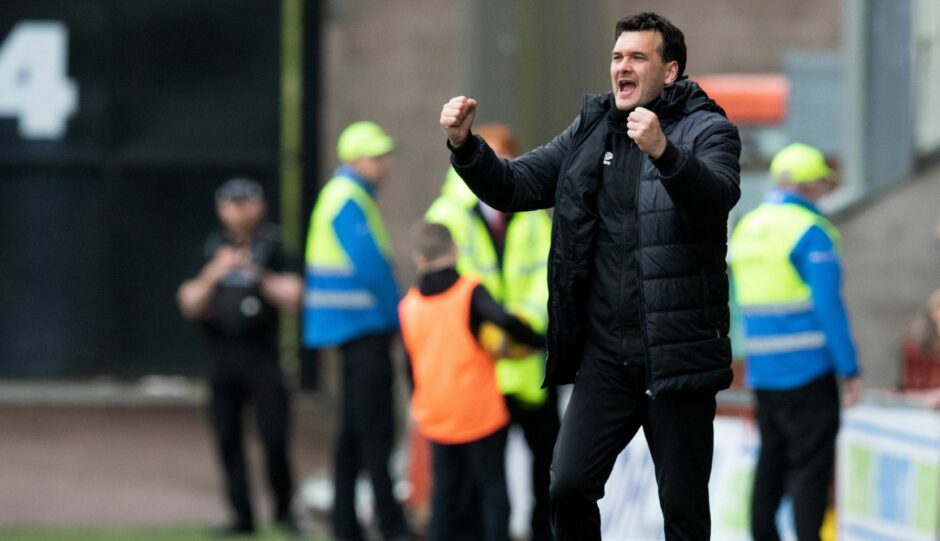
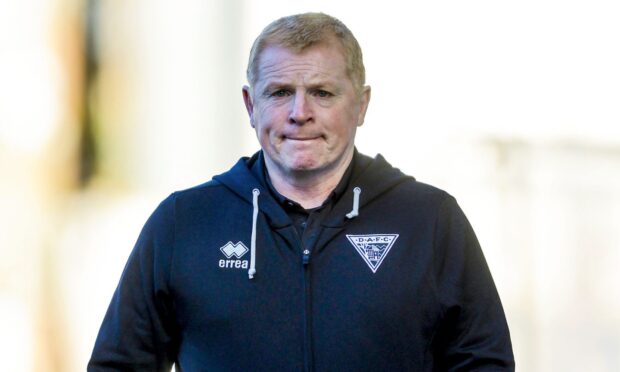
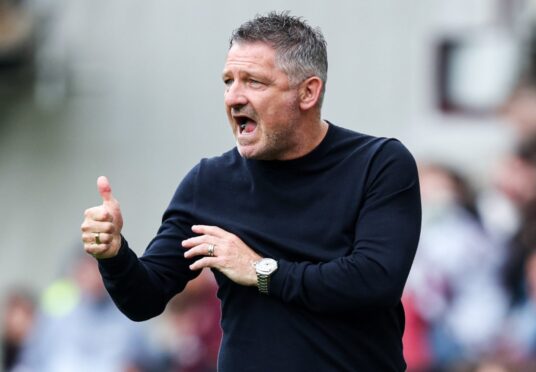
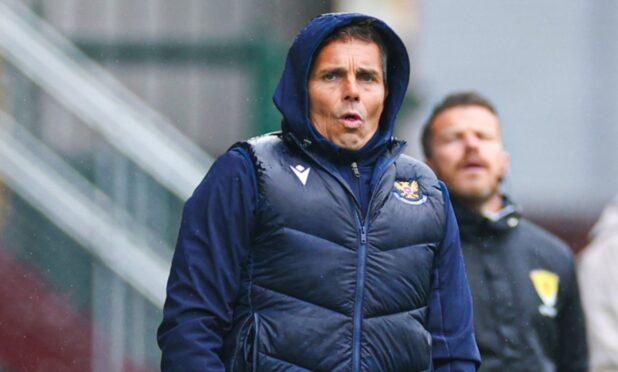
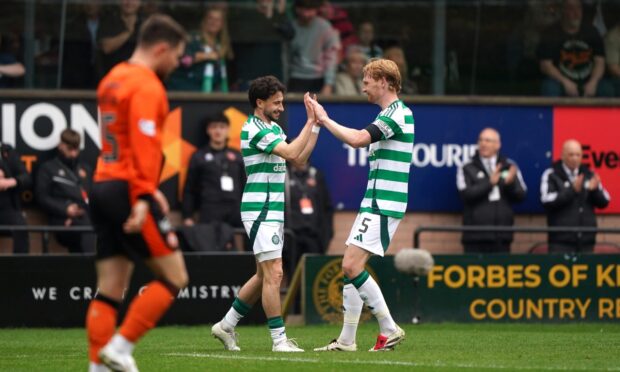
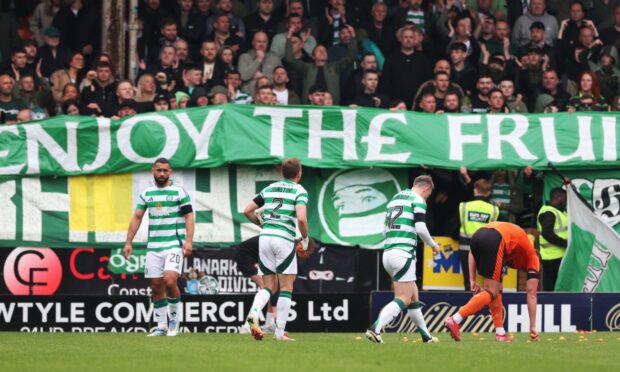
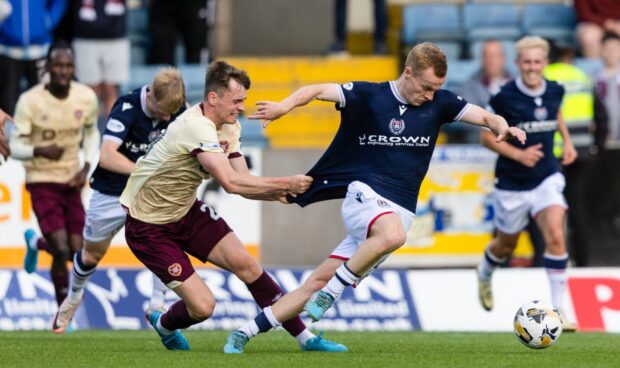
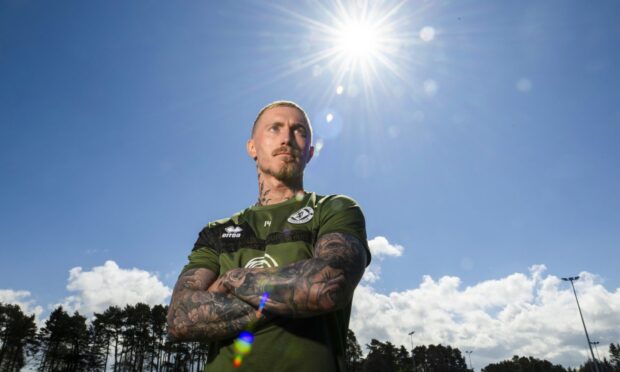
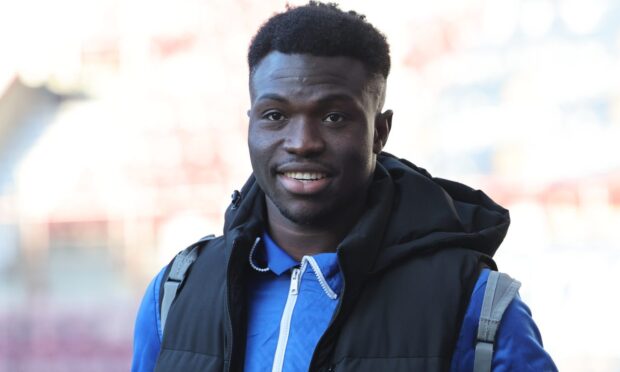
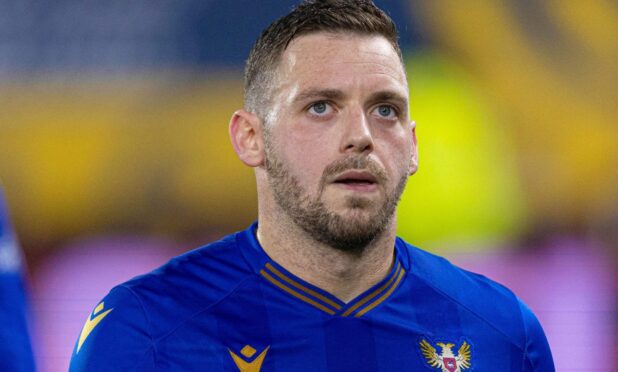
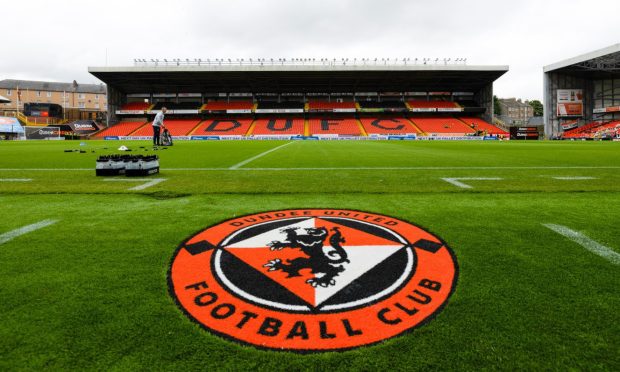
Conversation